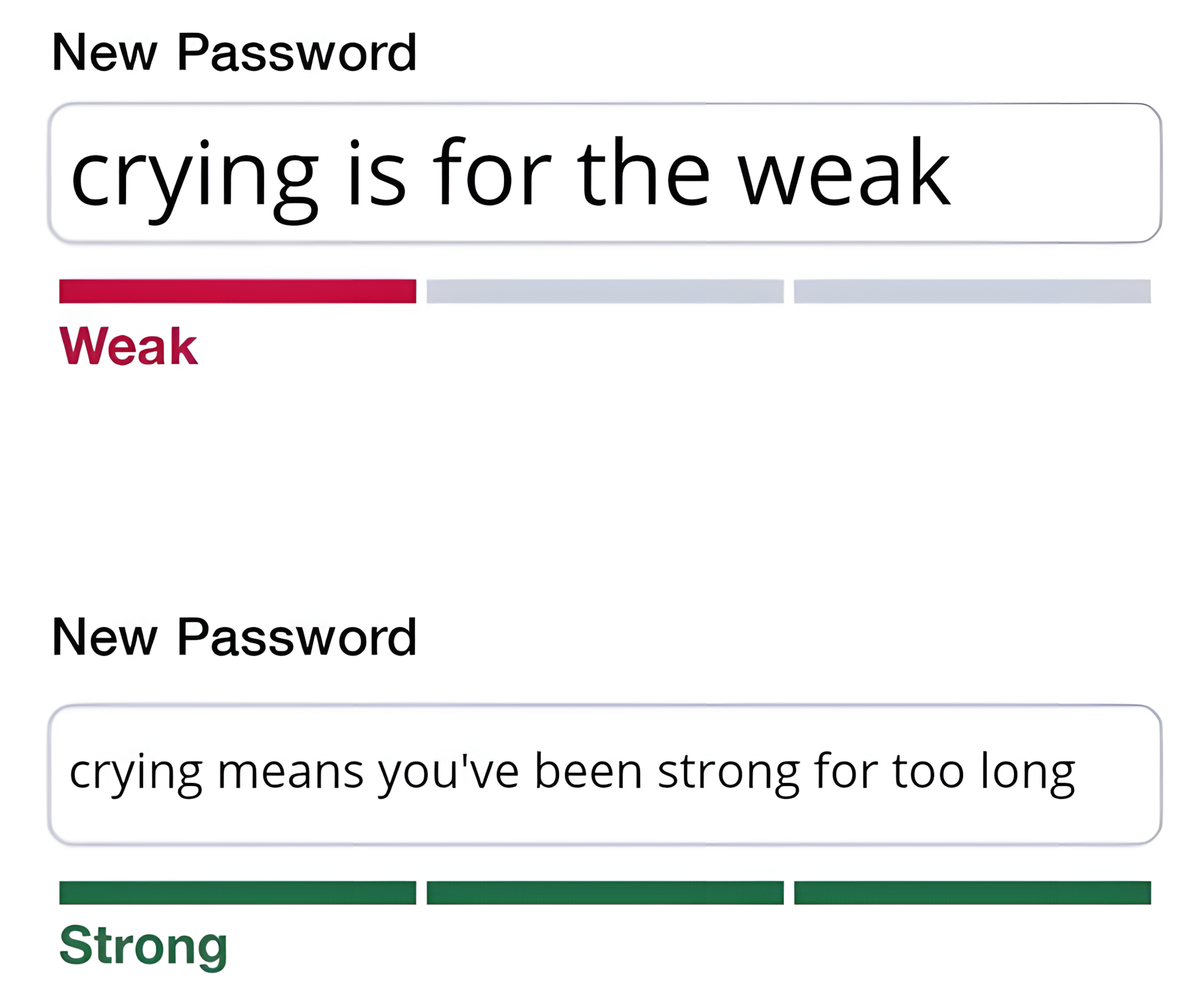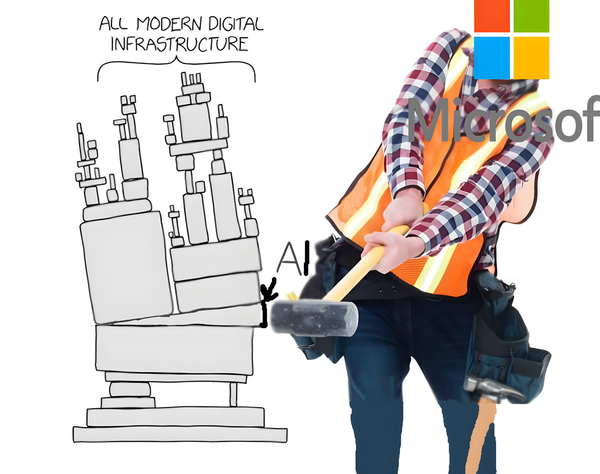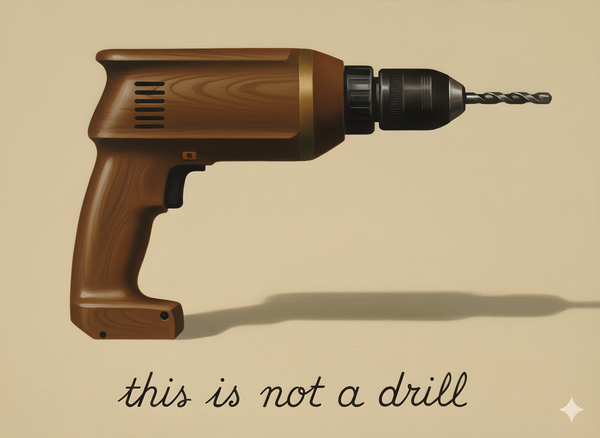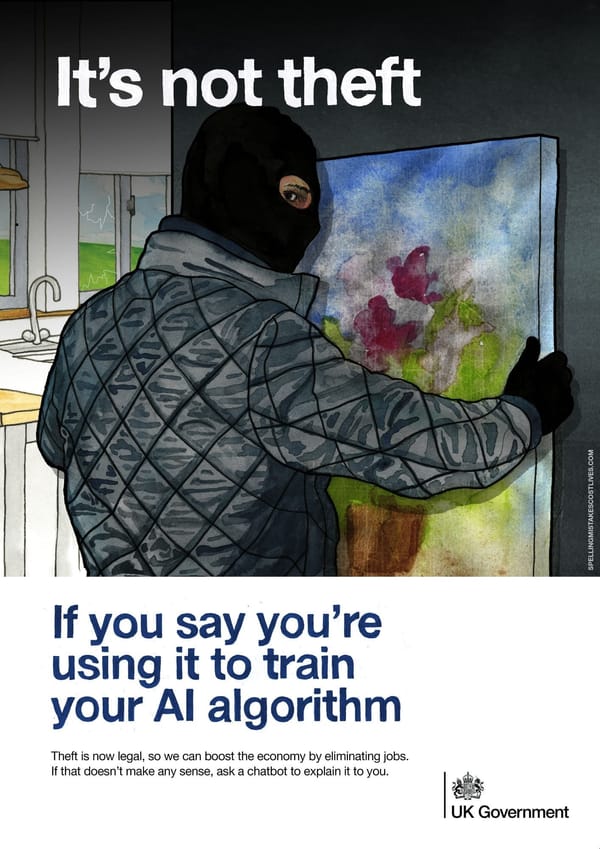The Managers' Guide #122

Everyone talks about scaling to $10k. Nobody mentions the psychological hell of going from $0 to $100.
How to collaborate cross-functionally
- 📊 A simple collaboration framework — Before engaging, ask yourself two questions: 1. Is this important? and 2. Do you have a strong opinion?. Your answers determine whether you should debate, support, let go, or stay out of it entirely.
- ⚔️ Engage when it matters — For topics that are high-importance and where you have a strong opinion, you should debate vigorously. The goal isn’t to “win”, but to reach the best collective decision — be prepared to “disagree and commit”.
- ⚠️ Avoid the “bike-shedding” trap — The most common collaboration mistake is passionately debating low-importance issues. If you have a strong opinion on a low-importance topic, the most productive action is to recognize it and consciously let it go.
- 🤝 Be a supporter, not a blocker — When a decision is high-importance but you lack a strong opinion, your best contribution is to ask clarifying questions to help the decision-maker. Once a path is chosen, your job is to fully support it.
- ✅ Collaboration's true goal — The framework reminds us that the point of collaboration isn’t to be heard on every topic, but to get to the best outcome efficiently. It’s about focusing collective energy on the decisions that actually move the needle.
3 Buckets of Work Time
- 🪣 A simple time management framework — All work can be categorized into three “buckets”: Work the System, Work on the System, and Work on You. The key is to understand how your time is split between them.
- ⚙️ Bucket 1: Working the System — This is reactive, maintenance work that keeps things running day-to-day. Think emails, routine meetings, and customer support. It’s necessary but it doesn’t create future value or growth.
- 🏗️ Bucket 2: Working on the System — This is proactive, high-leverage work that improves the business for the future. It includes creating better processes, automating tasks, or building new products. This is where real growth happens.
- 🧠 Bucket 3: Working on You — This is time invested in your personal and professional growth. Activities like reading, learning new skills, or taking courses make you more effective and valuable in the other two buckets.
- ⚖️ The goal is a conscious shift — Most people are stuck in the reactive “Work the System” bucket. The author argues for intentionally auditing your time and scheduling dedicated blocks to focus on the proactive and personal growth buckets, which is the true driver of long-term success.
Hiring Great People
- 🚀 Hire for trajectory, not experience — The biggest mistake in hiring is looking for someone who has already done the exact job. Instead, you should hire for potential and a steep growth curve — where someone is going is more important than where they’ve been.
- ✨ Look for four foundational traits — Great people aren’t defined by a list of skills, but by their core attributes. The author identifies four key ones: Curiosity (always learning), Drive (ambition), Grit (resilience), and Self-Awareness (knowing their strengths and weaknesses).
- 🧠 Past performance is a poor predictor — Relying on past performance in a different context is flawed. The skills that made someone successful at their last company may not apply at yours. Foundational traits, however, are transferable and allow people to adapt and thrive anywhere.
- ❓ Change your interview questions — Your interview process should be designed to uncover these core traits. Instead of asking “Tell me about a time you did X,” ask questions that reveal how they think, learn, and handle adversity, like “What are you learning about right now?” or “Tell me about a failure”.
- 🎯 Hiring is a bet on the future — Ultimately, hiring is not about finding a perfect puzzle piece to fit a current hole. It’s about making an educated bet that a person’s potential, drive, and character will create immense value for the company over the long term.
Why Engineers Hate Their Managers
(And What to Do About It)
- 😠 A list of common frustrations — Engineers resent managers who constantly interrupt their focus time, make uninformed technical decisions (“it’s just a button”), take credit for the team’s work, and fill their calendars with pointless meetings.
- 🎭 Don't forget the manager's perspective — The author, a former engineer turned manager, notes that these behaviors often aren’t malicious. Managers are frequently caught between executive pressure and their teams, struggling with incomplete information and resorting to bad habits just to survive.
- 🎧 Great managers protect focus — The most respected managers treat their team's deep work time as sacred. They batch communications, push back on interruptions, and find ways to get answers without a “quick sync” that destroys productivity.
- 🏆 Give credit, take blame — A key differentiator of a great manager is their approach to ownership. They give credit for successes publicly to the team (“the team delivered”) while taking personal responsibility for failures behind the scenes.
- ✅ The real job is trust and translation — Ultimately, engineers don’t hate managers; they hate bad management. The best leaders earn respect by trusting their team's technical judgment, providing timely and specific feedback, and creating an environment where engineers feel understood and are empowered to do their best work.
A Behind-the-Scenes Look at How We Release the Spotify App (Part 1)
- ⚖️ Balancing Speed and Quality — Spotify's Release team has a dual mission: get code to users quickly while maintaining high quality. The process is a constant trade-off, managed by a dedicated Release Manager who prioritizes bugs and makes the final go/no-go decisions.
- 🗓️ A Structured Weekly Rhythm — The entire release process follows a predictable weekly cadence. A new cycle begins every Friday morning, with code merged to the main branch for a week. The following Friday, a release branch is cut, locking it down to only critical fixes.
- 📊 Data-Driven Decisions via Dashboard — A central “Release Manager Dashboard” is the command center. It visualizes all critical metrics like crash rates, blocking bugs, and test status with a simple red/yellow/green system, allowing for fast and objective decisions on release readiness.
- 🧪 Layered Testing Funnel — Quality is ensured through multiple testing rings. Daily builds are first tested internally by employees and alpha users. After branching, a more stable version goes to a public beta program, catching issues before they impact the general user base.
- 🚀 Phased Rollouts Mitigate Risk — New versions are rolled out cautiously. They first go to 1% of users to monitor for severe issues in the wild. If metrics are stable, the rollout proceeds to 100%. Major features are often deployed behind feature flags, allowing for an even more gradual and controlled release independent of the app update itself.
That’s all for this week’s edition
I hope you liked it, and you’ve learned something — if you did, don’t forget to give a thumbs-up, add your thoughts as comments, and share this issue with your friends and network.
See you all next week 👋
Oh, and if someone forwarded this email to you, sign up if you found it useful 👇



